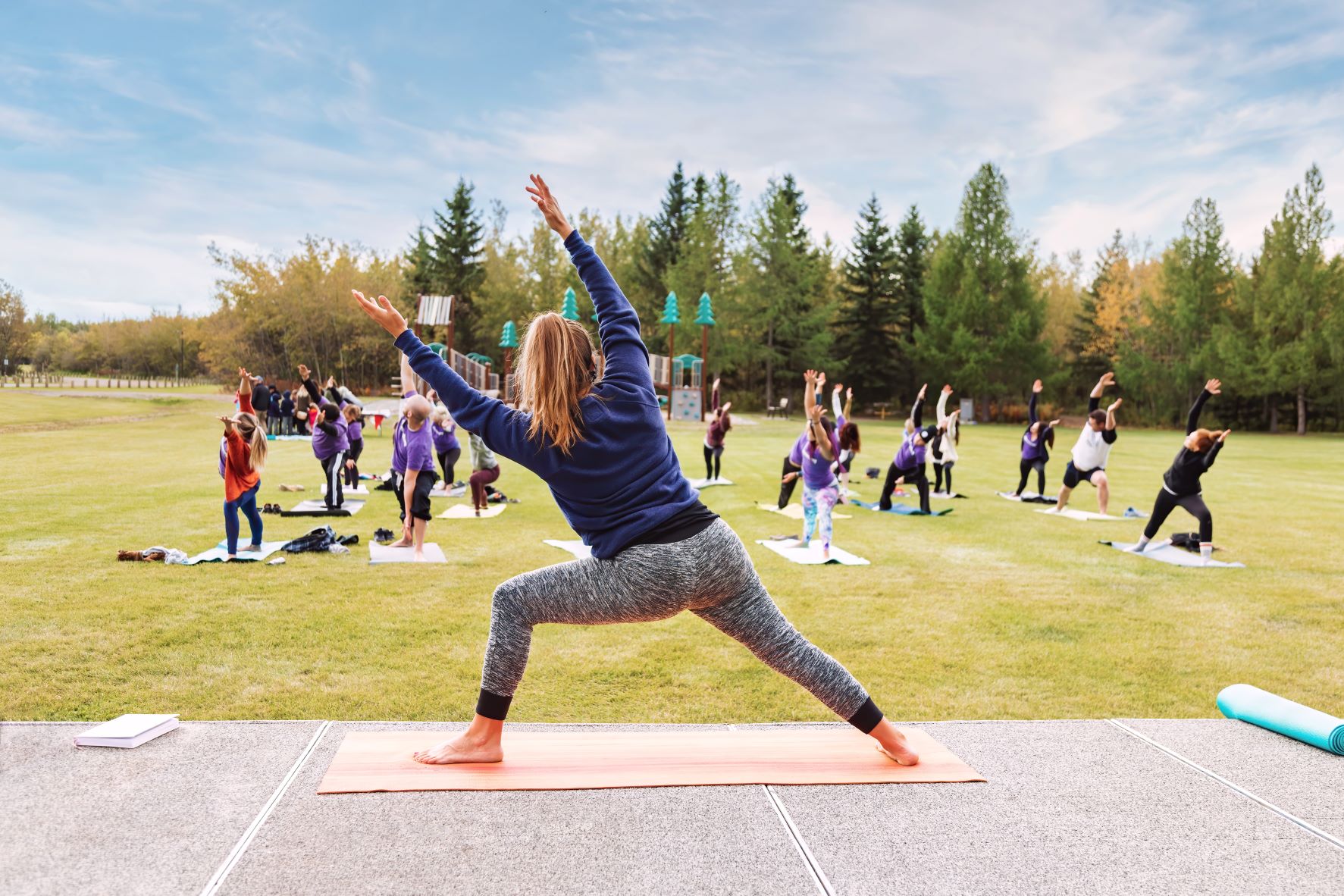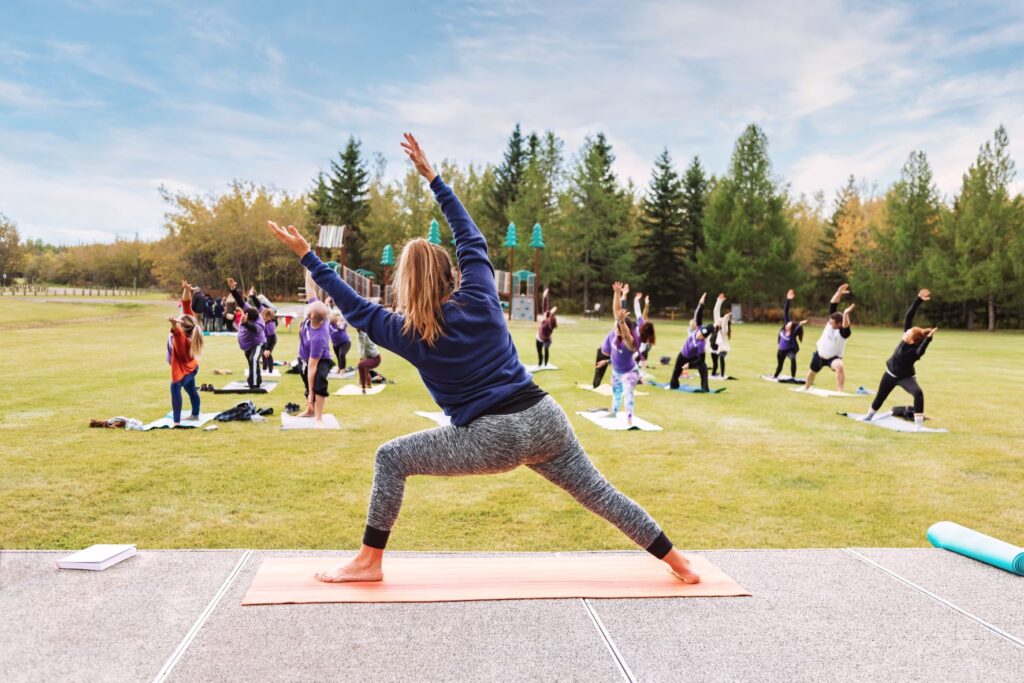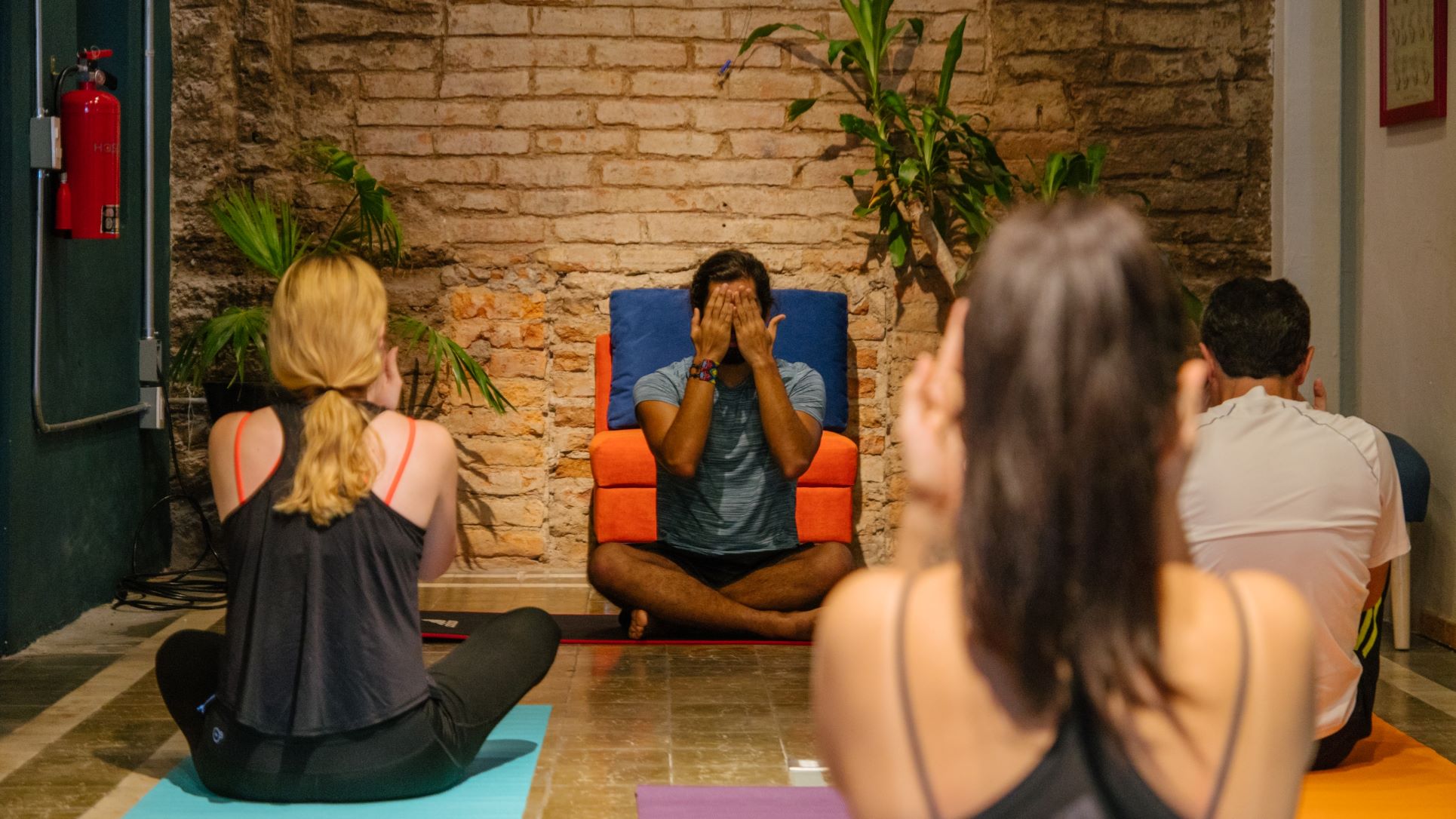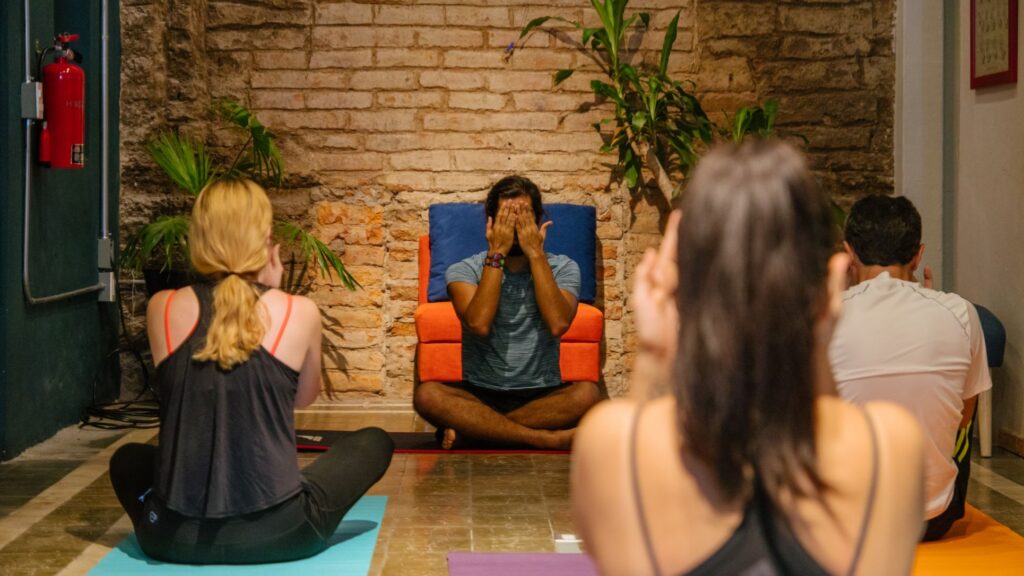After a car accident, it is essential to make sure that you are properly recovering. Incorporating yoga into your recovery plan can help with the healing process and provide much-needed relief from pain and discomfort. As a physical therapist and yoga therapist, I understand how important it is to safely incorporate yoga practices into your recovery. In this article, I will explain why incorporating yoga after a car accident is beneficial and offer tips on how to best do so to maximize its positive impacts.
Yoga provides many benefits for those recovering from an injury or trauma such as increased flexibility, improved balance, decreased stress hormones, and reduced muscle tension. When done correctly, these benefits can lead to quicker recovery times by allowing the body to move more freely through a range of motion exercises while still respecting any restrictions due to injury or pain. Additionally, focusing on calming breath work during practice helps reduce emotional distress associated with traumas like car accidents.
By taking preventative measures and following proper safety guidelines when practicing post-accident yoga poses, you can ensure that your body gets the most out of each practice without risking further harm or damage. Herein I will discuss effective strategies for adapting postures based on individual needs while also providing helpful modifications that can be used if needed. By using these methods alongside other forms of rehabilitation therapy, you’ll have the right tools necessary for making a full recovery!
Identifying Appropriate Exercises
Following a car accident, it is important to incorporate safe and effective yoga exercises into your recovery plan. Yoga can be an incredibly helpful tool for healing from injuries associated with car accidents, as well as providing relief from ongoing pain and discomfort in the back, neck, and other affected areas. It is essential to understand what types of yoga are best suited for injury rehabilitation after a car accident before beginning any practice or program.
To select appropriate yoga practices that will promote healing without further exacerbating existing symptoms, seek professional advice from a physical therapist or certified yoga instructor. They will be able to assess your condition, identify suitable poses and sequences that address your specific needs and provide guidance on how to safely modify postures if necessary. With their Abogados de Accidentes de Auto Costa Mesa help you can create a personalized routine based on your situation, ensuring the safest possible approach to incorporating yoga into your car accident healing process.
Understanding The Benefits Of Yoga – Abogados de Accidentes de Auto Costa Mesa
Recent studies have demonstrated that yoga can be an effective form of rehabilitation for those who have experienced a car accident. According to the National Center for Complementary and Integrative Health, nearly 20 million Americans practice yoga each year as part of their health regimen. As a physical therapist or yoga instructor specializing in recovery after a car crash, incorporating yoga into your client’s healing plan is beneficial on many levels.
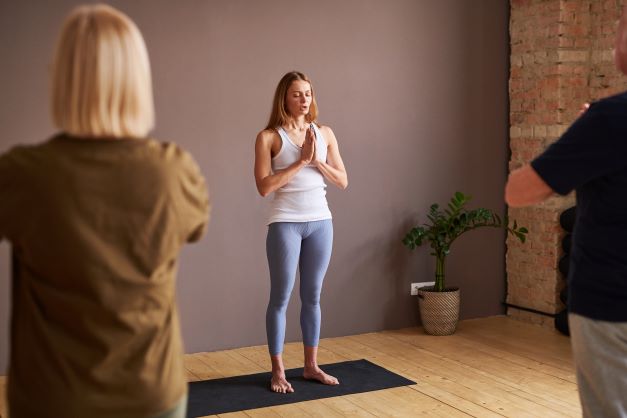
Yoga offers numerous benefits that are essential during the recovery process following a car accident. Not only does it help individuals improve flexibility and strength within the body, but it has also been proven to reduce symptoms associated with pain, fatigue, depression, and anxiety – all common issues faced by those recovering from any type of trauma. Furthermore, research shows that certain postures such as the child’s pose can provide comfort and relaxation while providing relief from tension headaches and neck stiffness. In addition to helping people become more mindful about how they move through space after an injury, yoga also encourages breath awareness which can assist in calming down the nervous system thereby promoting faster healing times.
These benefits highlight why including yoga in one’s recovery program after experiencing a car accident is so important. By doing so, clients can not only experience physical changes but emotional ones too – leading them toward a successful return to life before the accident as quickly and safely as possible.
Finding A Qualified Instructor
Now that you understand the benefits of yoga, it is important to find a qualified instructor so that you can safely incorporate yoga into your recovery process after a car accident. It is essential for someone recovering from an injury to work with a certified and experienced yoga instructor who understands how to modify poses for individuals with special needs. A qualified instructor will be able to design an individualized practice based on your physical condition, limitations, and goals.
When looking for a yoga instructor, make sure they are properly trained in therapeutic techniques for those suffering from injuries or other challenges related to their physical health. Ask questions about the experience level of the instructors and what kind of training they have received. Also inquire about any extra certifications or qualifications such as medical specialization, advanced anatomy knowledge, or sports medicine credentials. Additionally, check references and reviews online before committing to working with them.
It is also beneficial to ask if the instructor has any prior experience helping people recover from car accidents specifically. Experienced instruction can help ensure that you receive appropriate modifications and support throughout your healing journey while still reaping all the benefits of practicing yoga regularly.
Conclusion
As a physical therapist and yoga therapist, I’m excited to share with you how you can safely incorporate yoga into your recovery after a car accident. With the right exercises and instructor, yoga can help reduce pain, improve range of motion, increase strength, promote relaxation, and allow for emotional healing.
Yoga is an excellent way to reconnect with your body in a safe environment. It encourages gentle movement that strengthens muscles while also allowing for mindful breathing that promotes relaxation. With careful instruction from a qualified teacher who understands injury prevention principles, you will find yourself feeling better than ever before!
By honoring your body’s limitations as well as its potential through the practice of yoga, you’ll be able to create space in which healing can occur both mentally and physically. Your journey toward recovery doesn’t have to be difficult or painful – it can be quite enjoyable if done properly! So don’t hesitate any longer; take control of your health today by incorporating yoga into your recovery plan after experiencing a car accident.
